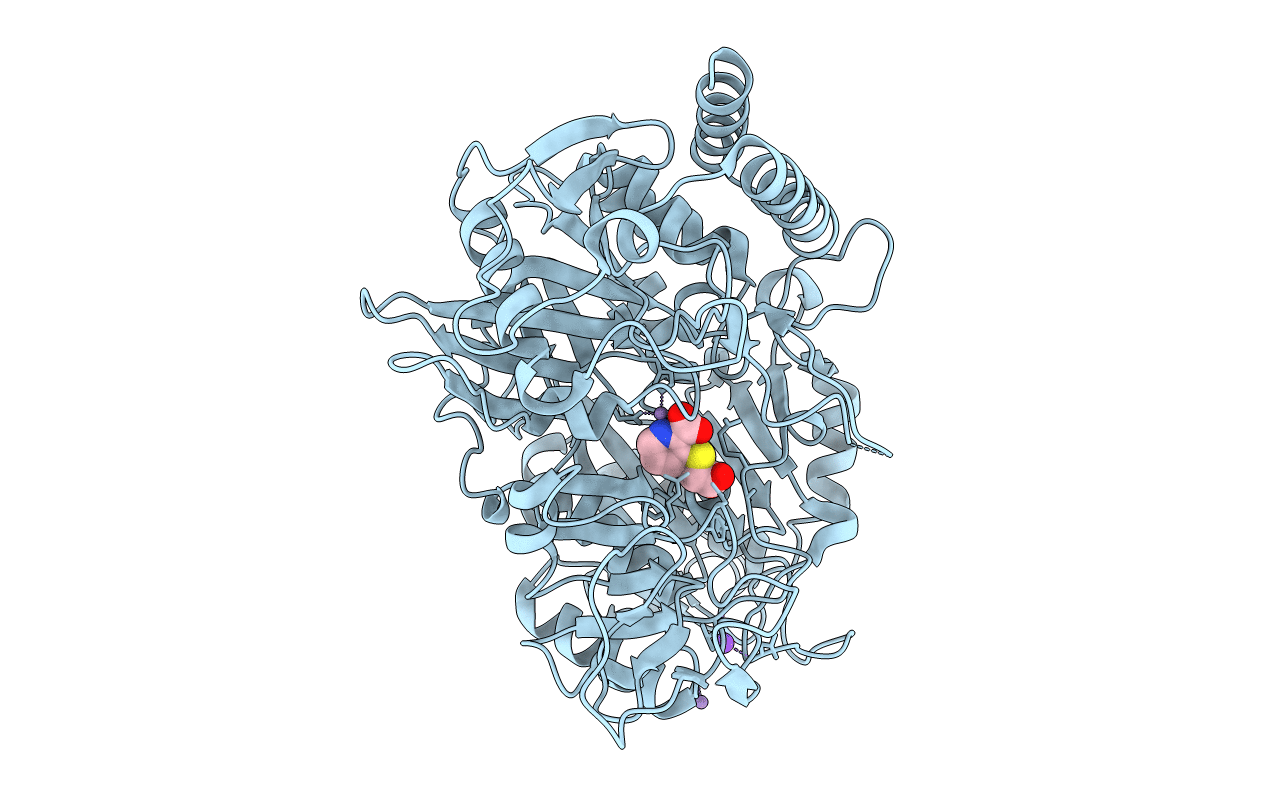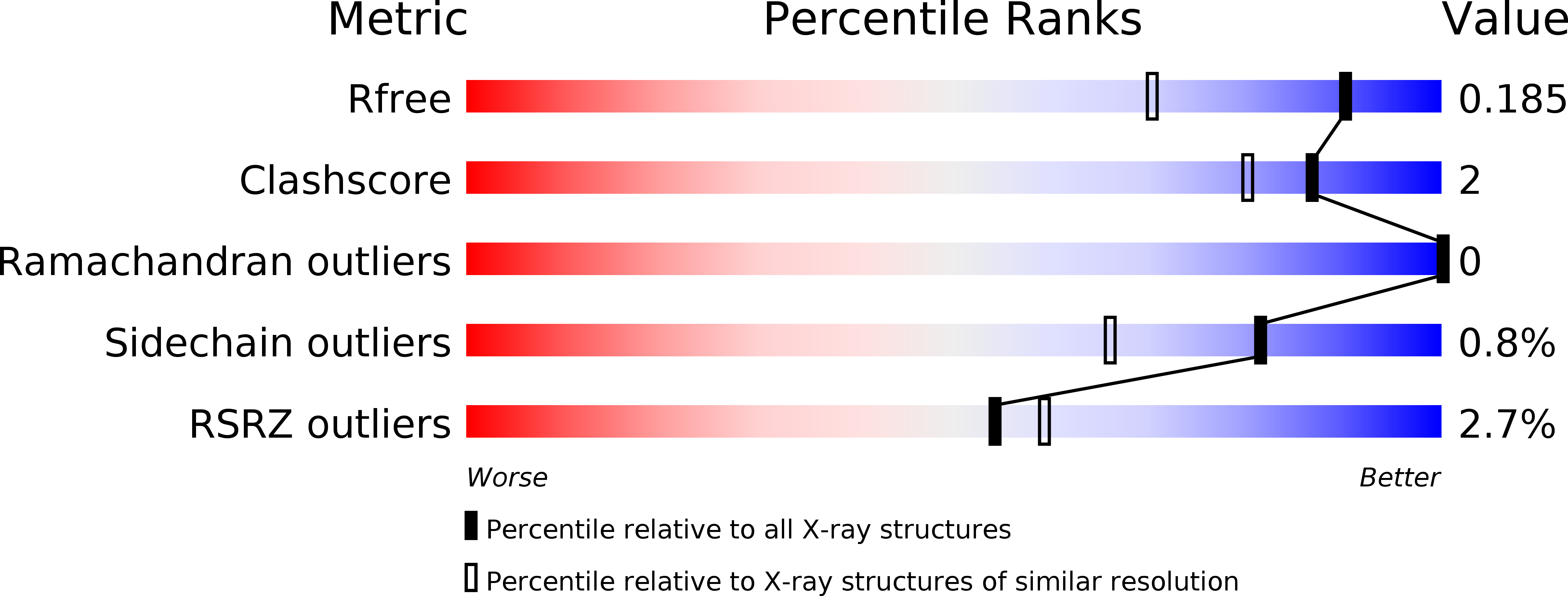
Deposition Date
2019-05-30
Release Date
2019-09-18
Last Version Date
2023-10-11
Entry Detail
PDB ID:
6P5O
Keywords:
Title:
The structure of rat cytosolic PEPCK in complex with 3-(carboxymethylthiol)-picolinic acid
Biological Source:
Source Organism:
Rattus norvegicus (Taxon ID: 10116)
Host Organism:
Method Details:
Experimental Method:
Resolution:
1.49 Å
R-Value Free:
0.17
R-Value Work:
0.15
R-Value Observed:
0.16
Space Group:
P 1 21 1


